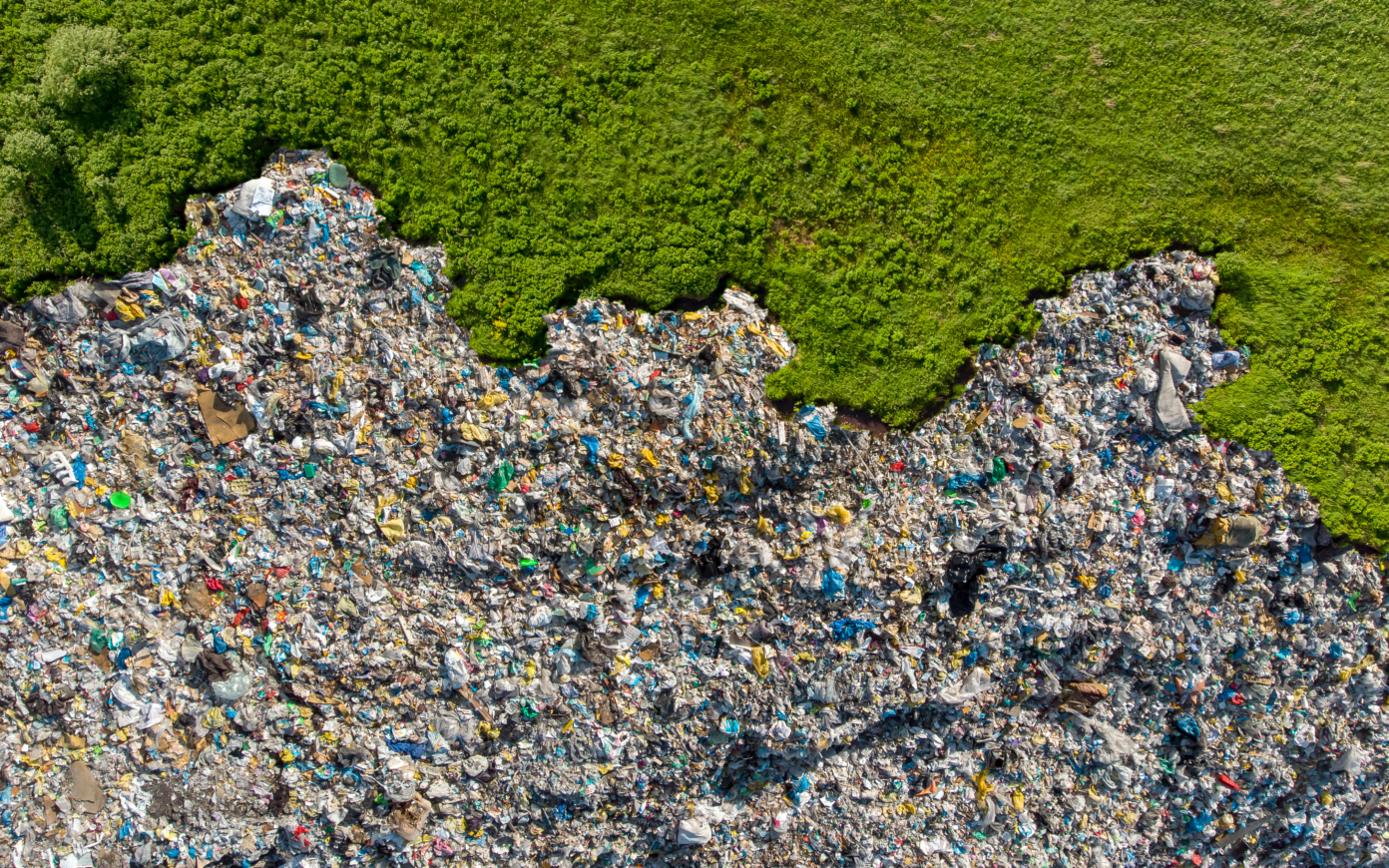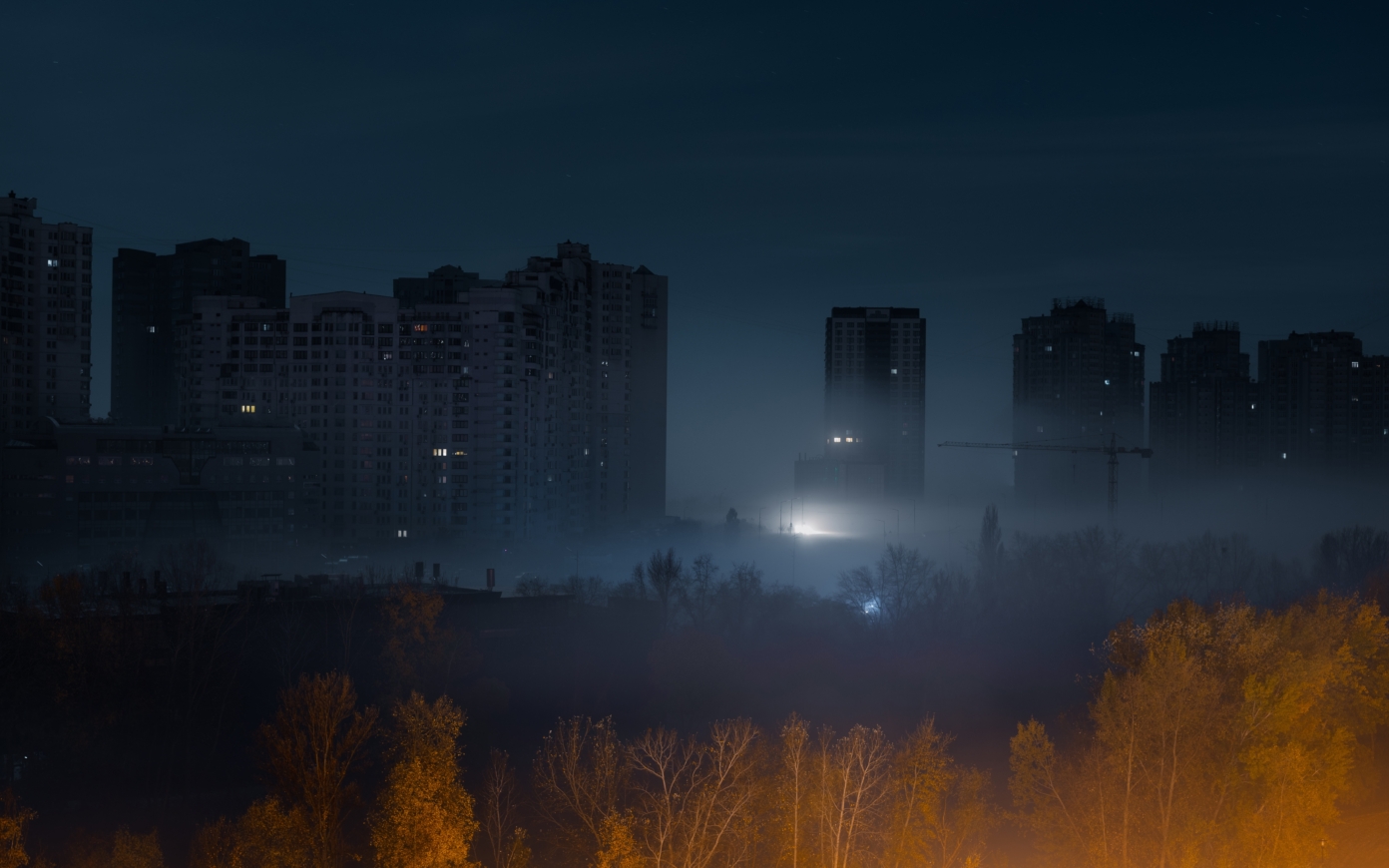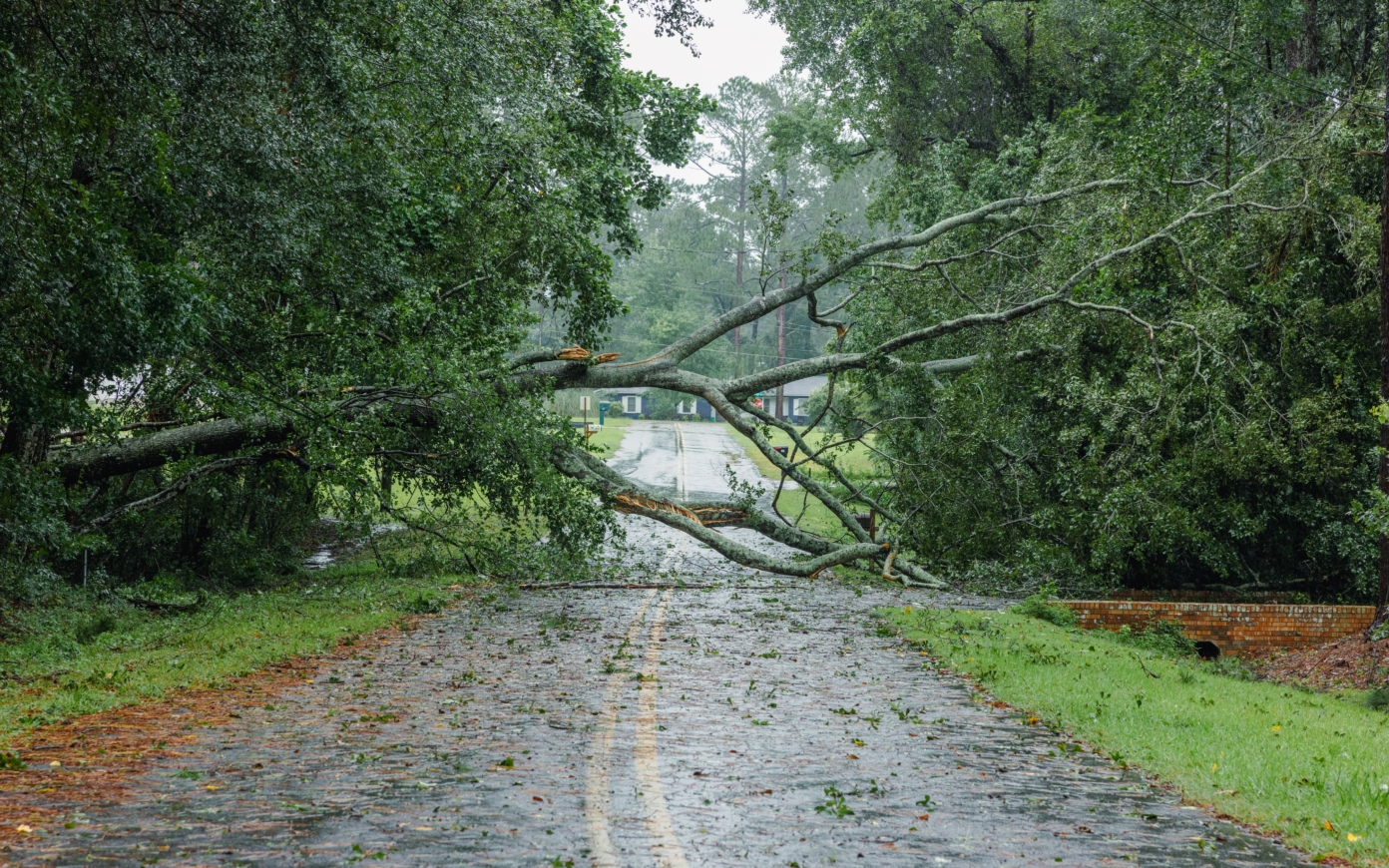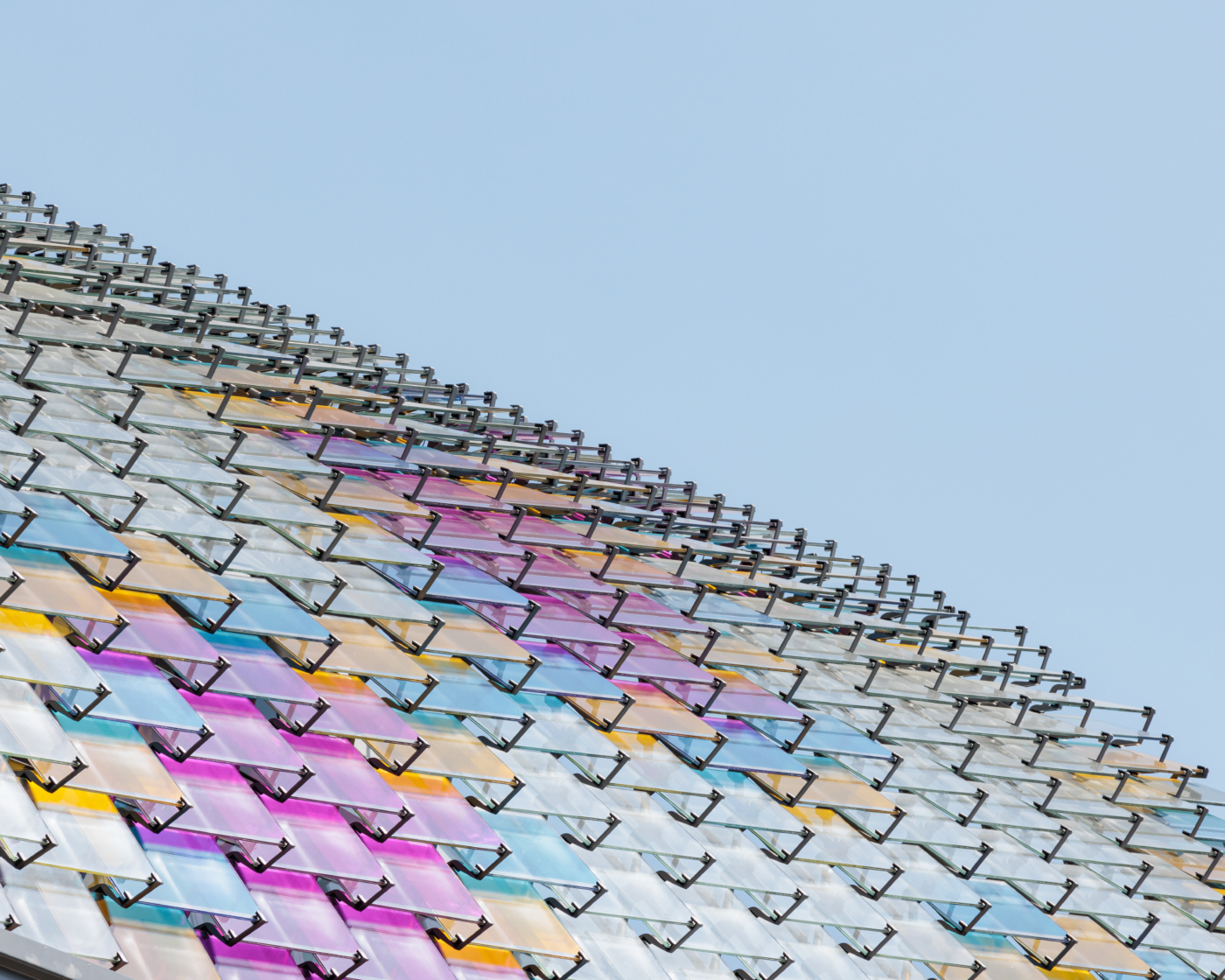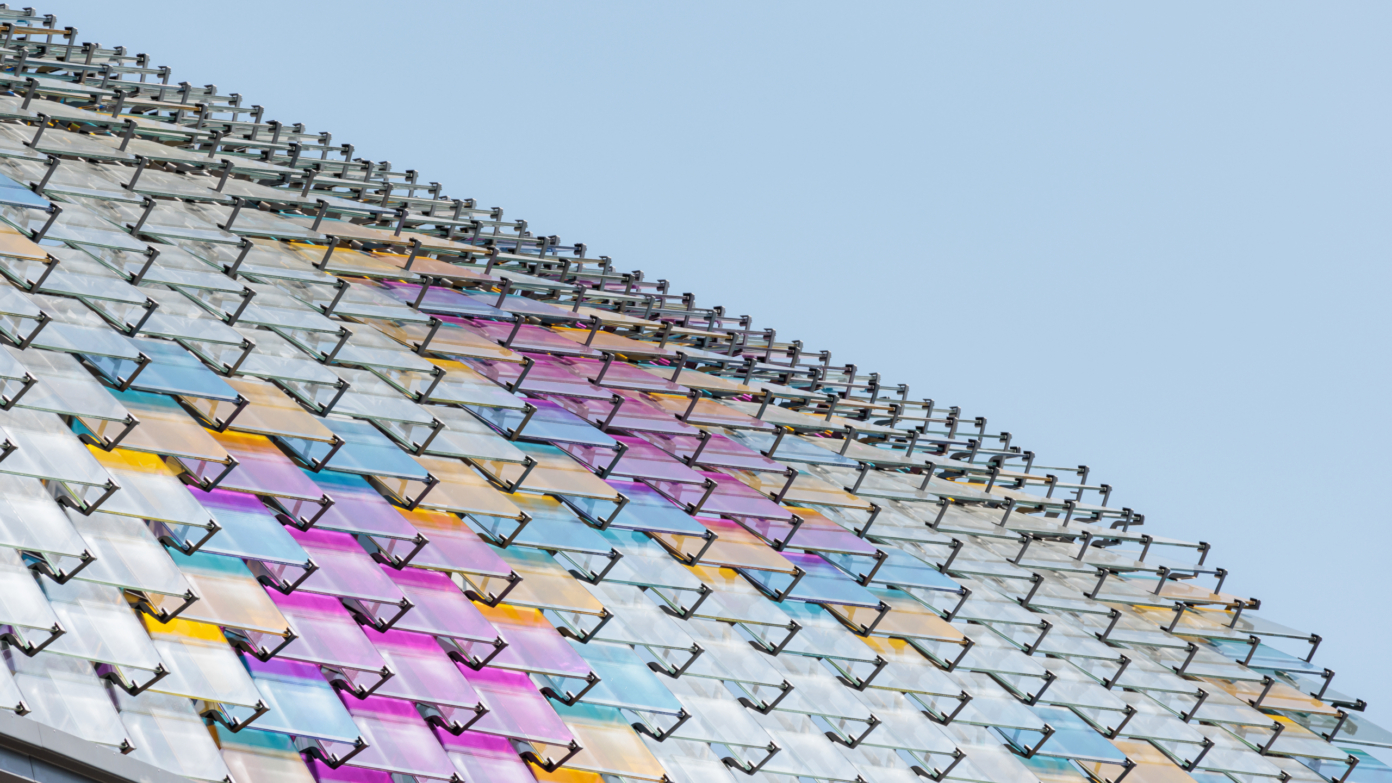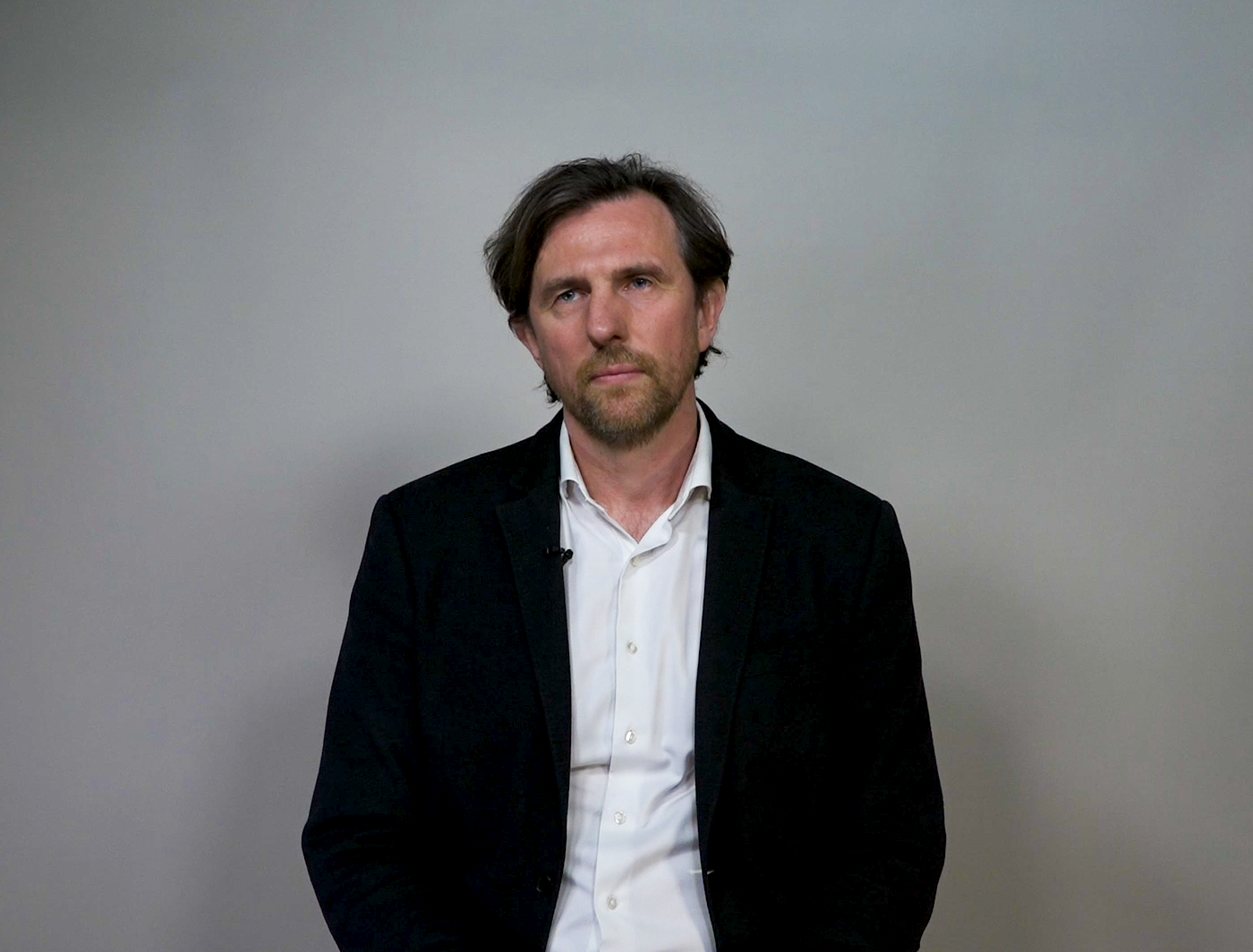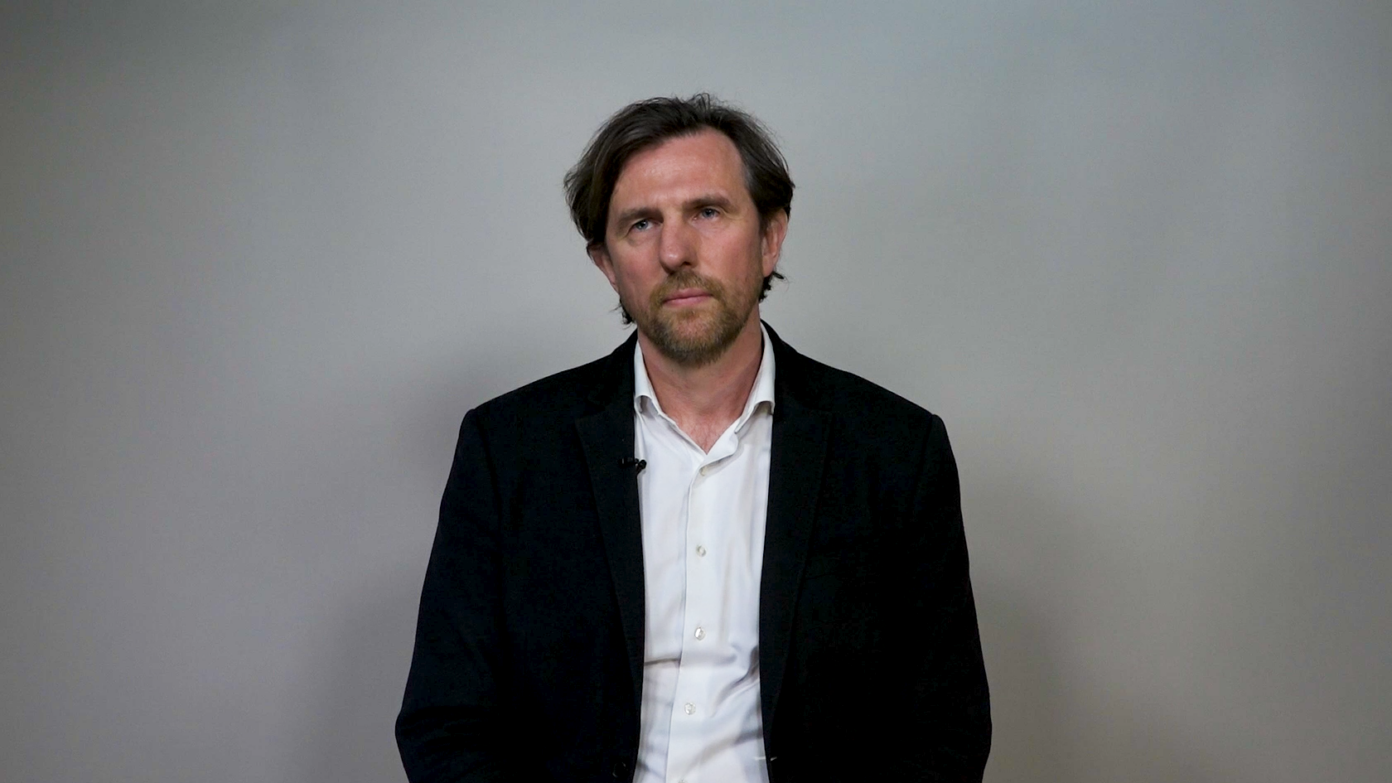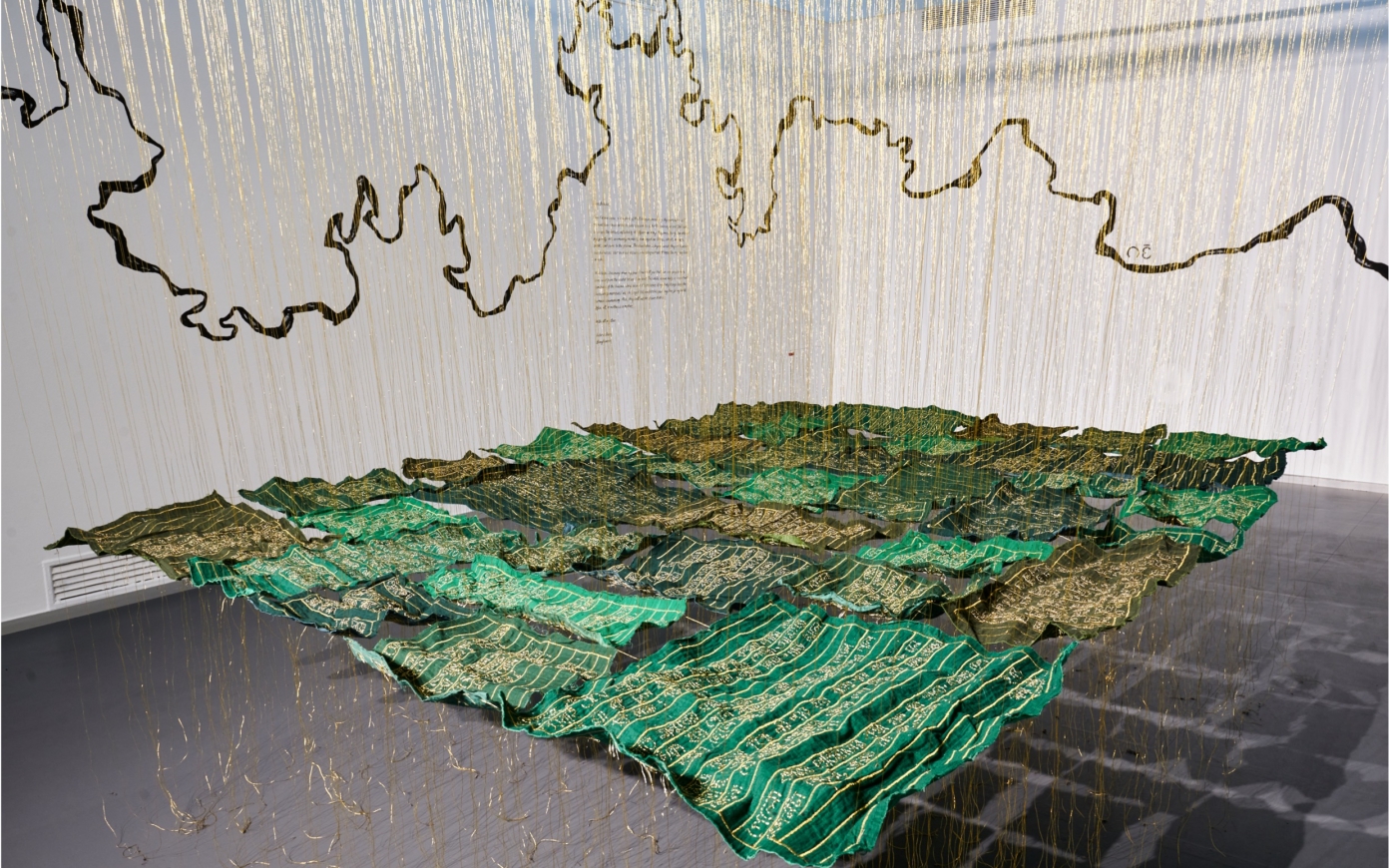Acting Based on New Frames of Thought
The articles and podcasts of this first issue of Stream Voices invite us to acknowledge that the cities of the future will be anything but a clean slate from which they can be reinvented. The future of our cities lies in infrastructure, streets, and buildings that already exist in their vast majority. The complexity of urban phenomena extends much further. In order to overcome the nature-culture divide we have inherited from the modern era, we must reinvent our relationship with the living—humans, and non-humans alike. This implies that we reconsider our normative frameworks and our assumptions and that we reshape our habits. Such a broad reconsideration brings out different tools and ways of doing things. We see them emerging in the dialogue that we are building with researchers from the disciplines of philosophy, urbanism, and the sociology of technology: the development of “nature-based solutions” combined with advanced engineering to deal with the consequences of climate risk; the use of fiction as a theoretical basis for urban foresight and consideration given to things of the world (subjects, objects, landscape entities, elements…) with an attitude of “working with” rather than one of “fighting against.”
These new conceptual frameworks shed a different light on our way of designing, change our approach, and our methods. Among the frameworks mentioned, care and repair are expanding rapidly in the humanities. The ethics of care paired with repair—consideration extended to things and objects—is part of a new source of reflection to guide urban design.
Placing Care—the Concern for the Living—in Urban Design
Building on the ethics of care, the idea is no longer to position ourselves as a sort of demiurge establishing what should happen or as the revealer of the resources or potentials of a territory, but rather, to accompany the multitude of humans and non-humans that form and constitute places. Care, as understood in the field of architecture and urbanism, embraces complex linkages and acts as a disruptor of established knowledge. The care-based approach places the fragility of environments, individuals, and their relations at the forefront of the design process.
Care studies have made significant progress in the urban sphere. In fact, care is one of the project categories open to applicants in this year’s Europan architecture competition. The fragility of territories and urban systems is now becoming a situation that is to be taken heed of. It is now an analytical category used to achieve a better understanding of the challenges at stake and to measure how impactful our actions are. Fragility implies consideration, the understanding of what may destabilize or be comforting. It is also another way of approaching space and urban forms by paving the way to a search for balance, or at least to the consideration of the fact that urban spaces are places of permanent uncertainty and imbalance.
Repair—Care Extended to Objects and Materials
In line with the philosophy of care, repair studies are a new, promising field in the sociology of technology. They touch on the practices, trades, knowledge, and devices that contribute to the durability of what surrounds us. They involve analyzing the consideration given to things, objects, materials. Servicing and maintaining spaces, designing and implementing sustainable forms, reducing waste and obsolescence are imperatives that shape the post-carbon world. By placing repair studies in the perspective of urban challenges, sociologists shed light on the practices, professions, and skills that are mobilized every day to ensure the often precarious continuity of the functioning of our cities. The highly dynamic development of reuse and the acceleration of its being taken into account in the construction sector (with the “Booster du réemploi” initiative and Circolab’s actions for example), are one example of this gradual transformation of the issues at stake in everyday activities of urban and architectural projects.
The Alliance between Care and Repair Represents a Move Beyond Risk-Based Approaches and Towards Fragility
Care and repair studies are complementary approaches. They form a productive alternative to the concept of resilience, which has been in existence for fifteen years or so. Resilience comes to us from the field of psychology, subsequently being applied to architecture, design, and urbanism. Implicit in resilience is a social vision based on a normal and normalized state of affairs that is disturbed by a shock or rupture, resulting in a modified trajectory. In architecture and urbanism, resilience took the form of a dynamic to be perceived or enabled through projects, layouts, spaces. Resilience takes root in the apprehension of risk, however, and risk is often a social construct.
The care-and-repair approach invites us to a paradigm shift. The idea is to take into account the concept of fragility, and no longer that of risk, in order to understand and design spaces. Action falls within the context of instability and uncertainty, which are drivers of transition and transformation. This approach is an opportunity to capture the complexity and fragility of cities, as well as the constant change they experience. Rather than providing static responses, it encourages us to imagine dynamic, adaptive solutions that evolve hand in hand with things and people, environments, and spaces.
Addressing Urban Challenges without Shirking
Contemporary debate is undergoing a profound questioning of urban lifestyles. The opposition between large metropolises and medium-sized cities, and between medium-sized cities and the countryside, is everpresent. Statistical “tremors” certainly show that lifestyle changes are happening—families are leaving the big cities, and urbanites are moving back to the countryside. Nevertheless, urban reality seems immanent to our lifestyles. It remains dominant, structuring, and continues to pose considerable challenges. Cities continue being the place where environmental challenges are played out, as well as part of the cohesion of our societies and underpin considerable economic production. Through its consideration of the connection between people, objects, and the living, the alliance between care and repair places within urban design an invitation to act without detour. There is no more looking for solutions elsewhere, beyond cities and metropolises, but rather, considering issues by facing them from the inside, assuming their complexity, and mobilizing new skills and intelligence to do so.
Étienne Riot,
Director of Research and Innovation, PCA-STREAM
Associate Researcher, Laboratoire Ville Mobilité Transport


